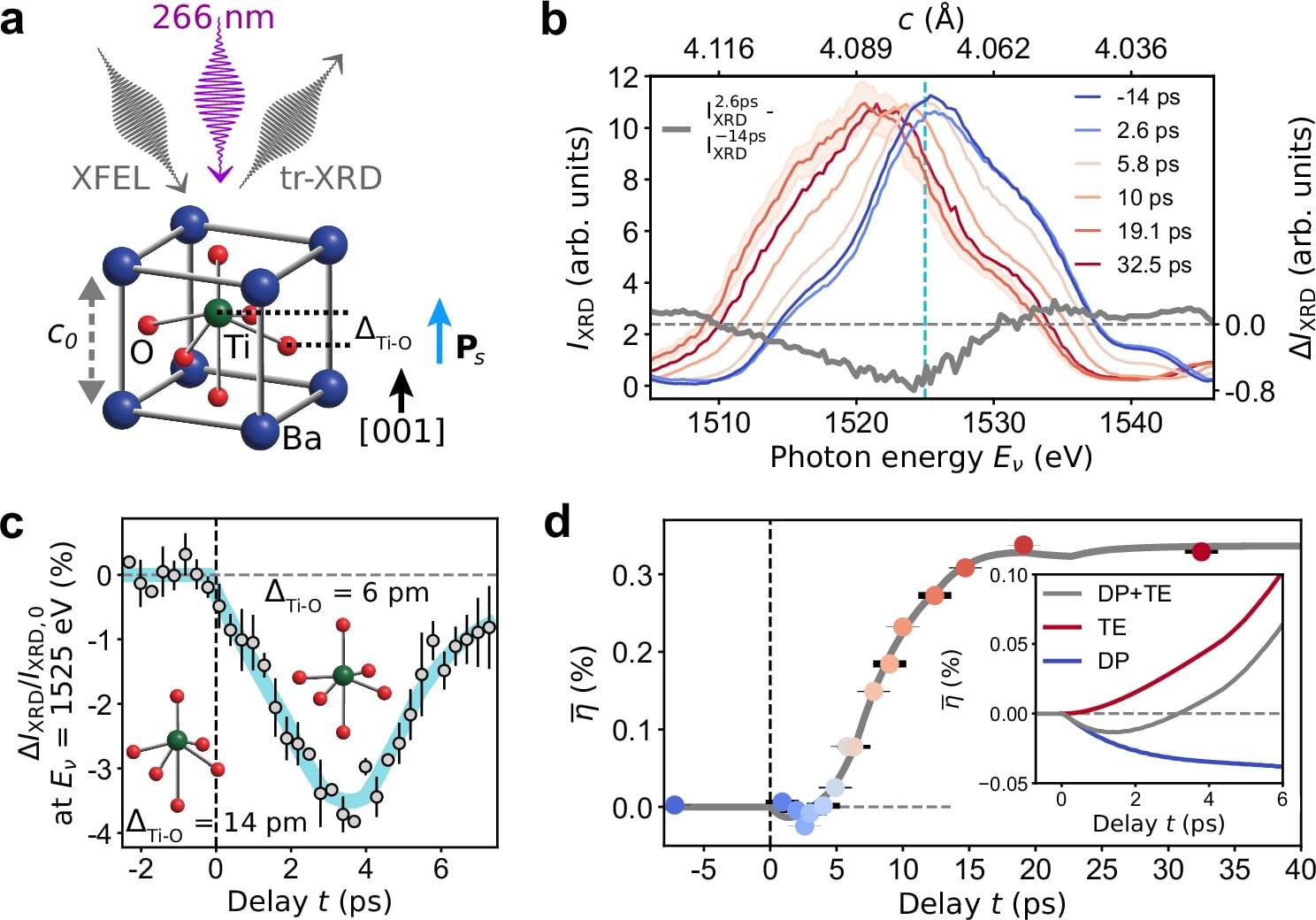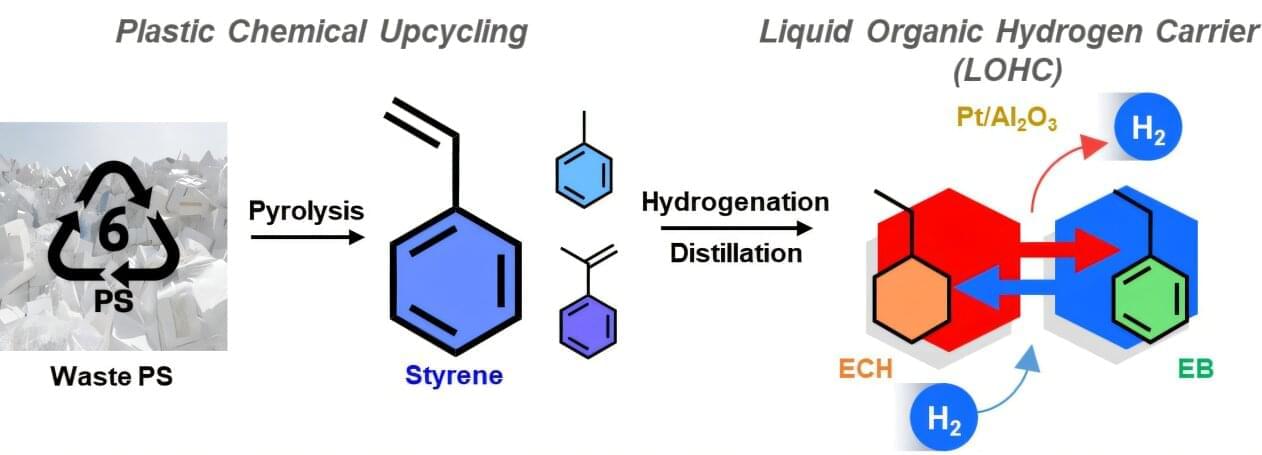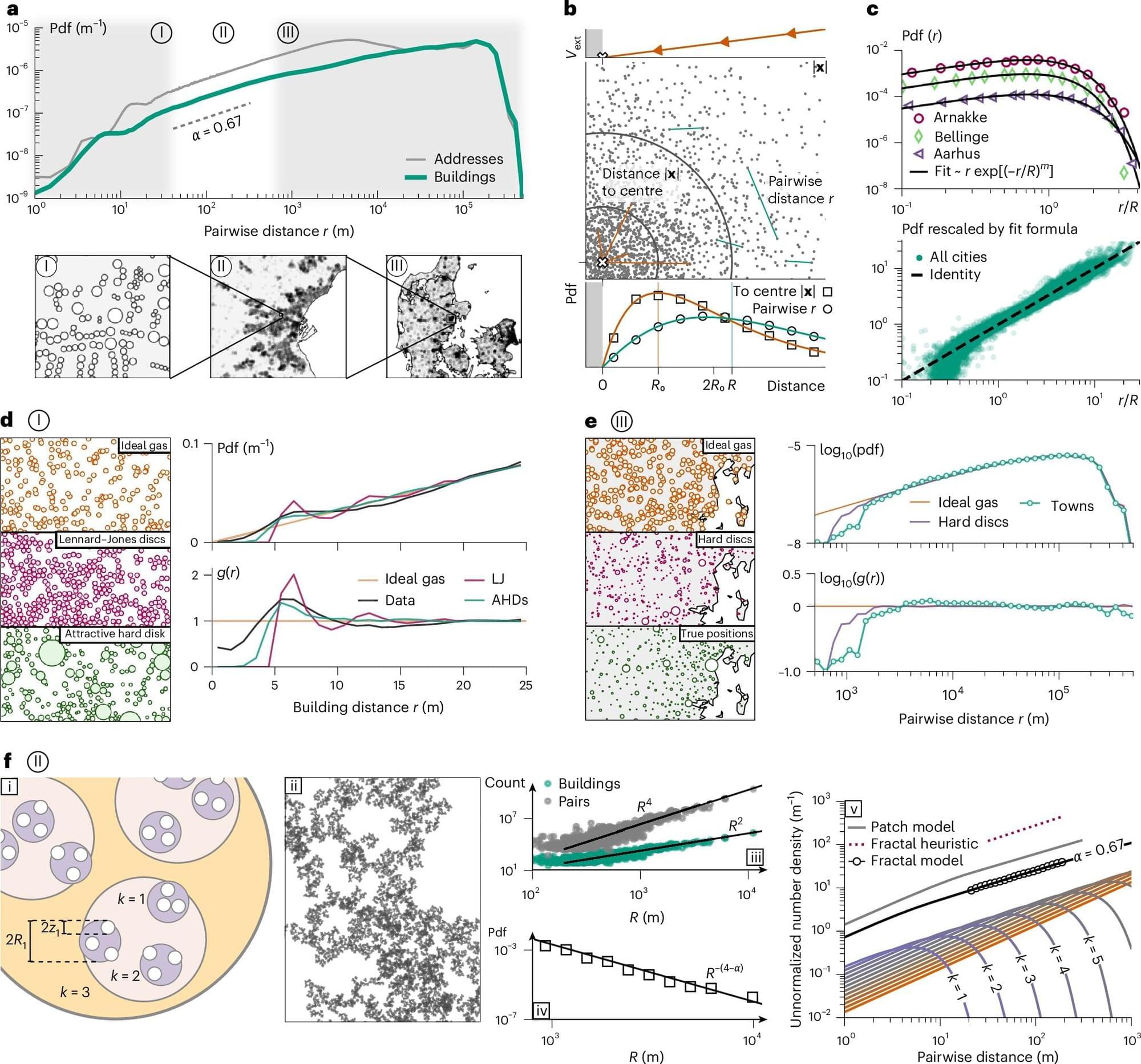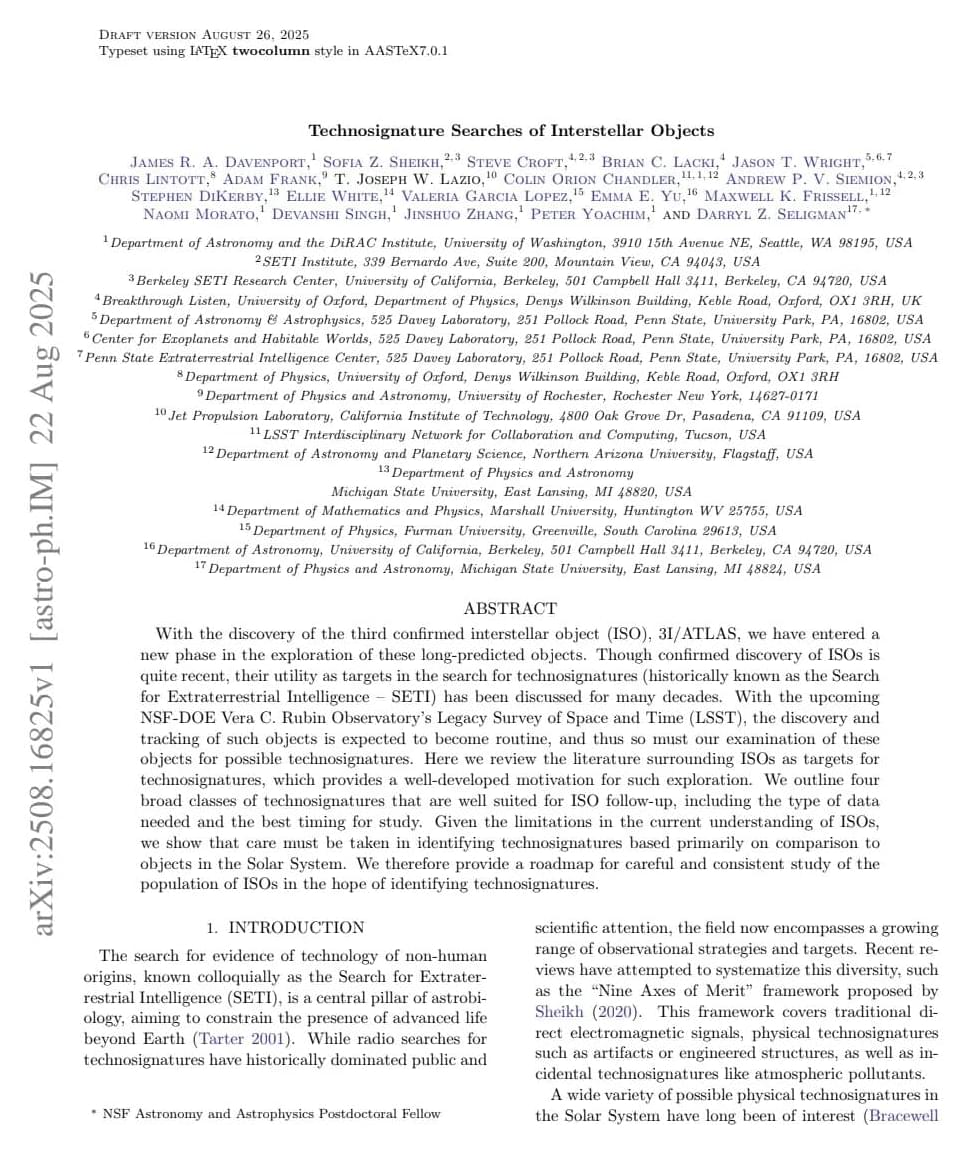Throughout human history, there have been many instances where two populations came into contact—especially in the past few thousand years because of large-scale migrations as a consequence of conquests, colonialization, and, more recently, globalization. During these encounters, not only did populations exchange genetic material, but also cultural elements.
When populations interact, they may borrow technologies, beliefs, practices, and also, crucially, aspects of language. With this, sounds, words or grammatical patterns can be exchanged from one language to the other. For example, English borrowed “sausage” from French after the Norman conquests, while French later borrowed “sandwich” from English.
However, studying these linguistic exchanges can be challenging due to the limited historical records of human contacts, especially on a global scale. As a result, our understanding of how languages evolved over time through such interactions remains incomplete.









